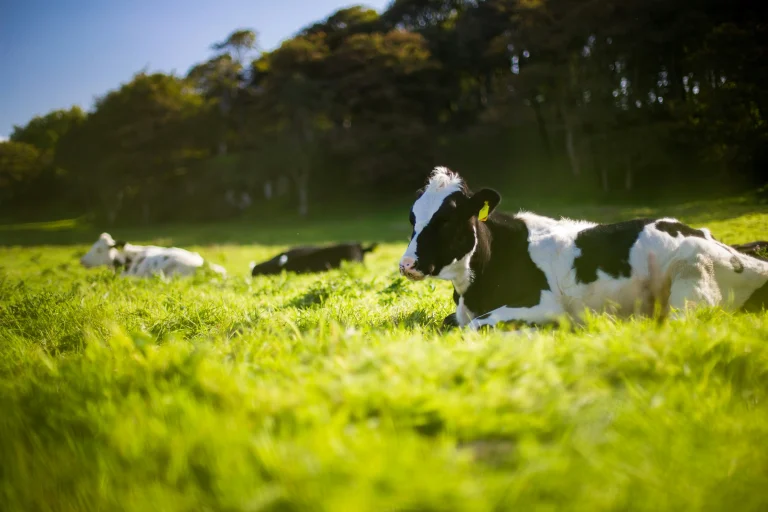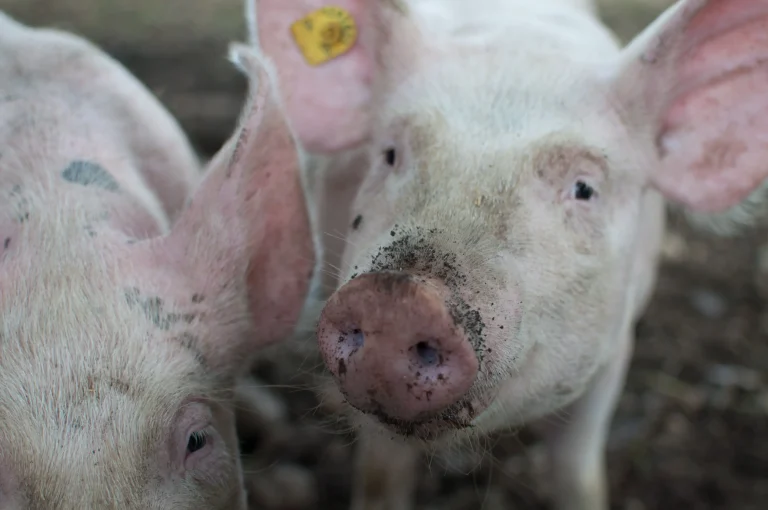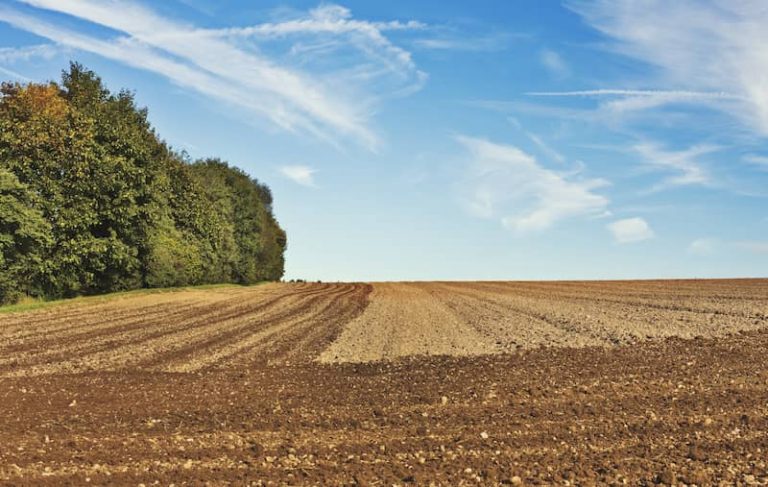The impact on soil carbon sequestration of best practices in land management such conservation tillage and incorporating straw into soil may be significantly underestimated under current measurement approaches.
That’s according to Chinese researchers, who noted that such practices may alter topsoil depth, but this is not factored into the way changes in soil organic carbon are calculated. Current methods often use a default soil depth, without considering that topsoil depth can be changed by changing the bulk density of the soil through different types of management.
Reanalysed data reveals underestimated topsoil carbon increases
The scientists took a fresh look at data from field studies using the best practice methods completed between 2010 and 2023, applying their calibrated-depth approach, which looks at the relative equivalent mass of soil, to measuring soil organic carbon (SOC).
They found that SOC stocks could have been underestimated by 25.2% — a figure with major implications when viewed on a global scale, as well as for soil carbon credit schemes. Linked to this, they also saw that best practices tended to be linked to an overall increase in soil depth.
No approach is perfect, they noted, pointing to limitations in their new calculation including the fact it assumes constant soil mass and that management practices only influence vertical topsoil. They also observed variability in SOC achieved using different approaches, with smaller changes when applying conservation tillage to fields.
Improving soil carbon measurement for accurate climate impact
On the back of their work, they also suggested that robust soil depth and bulk density measurements are carried out before attempting to calculate the impact of management on soil carbon.
“Overall, calibrated-depth SOC sequestration potential will further encourage local stakeholders to promote the implementation of best management practices for food security and climate mitigation ambitions,” the scientists from Nanjing Agricultural University wrote in the journal Soil and Tillage Research.
“More accurate measurements of SOC stock changes should be regarded as carbon dioxide removal actions and crucial for the establishment and improvement of carbon credit systems.”
Key takeaways
- Standard soil carbon sampling methods often overlook surface-level gains in topsoil, leading to underreported carbon sequestration.
- Simpler, shallower sampling techniques have revealed significantly higher carbon values in conservation tillage systems.
- Underestimated topsoil carbon gains could affect farm-level carbon accounting and reduce accurate incentives in carbon schemes.
- Adopting improved and consistent measurement protocols is crucial to ensure carbon credits reflect real-world gains.
- Research must be replicated across climates and soil types to validate findings and inform policy models.
Want to read more stories like this? Sign up to our newsletter for bi-weekly updates on sustainable farming and agtech innovation.










